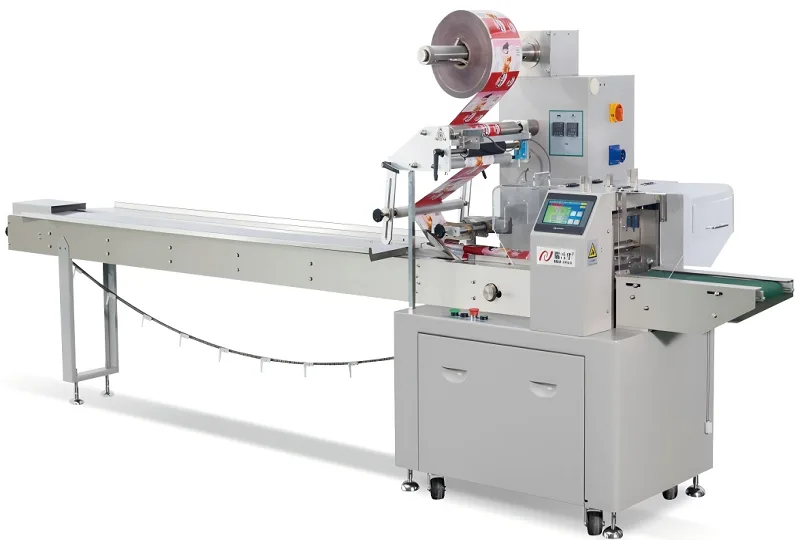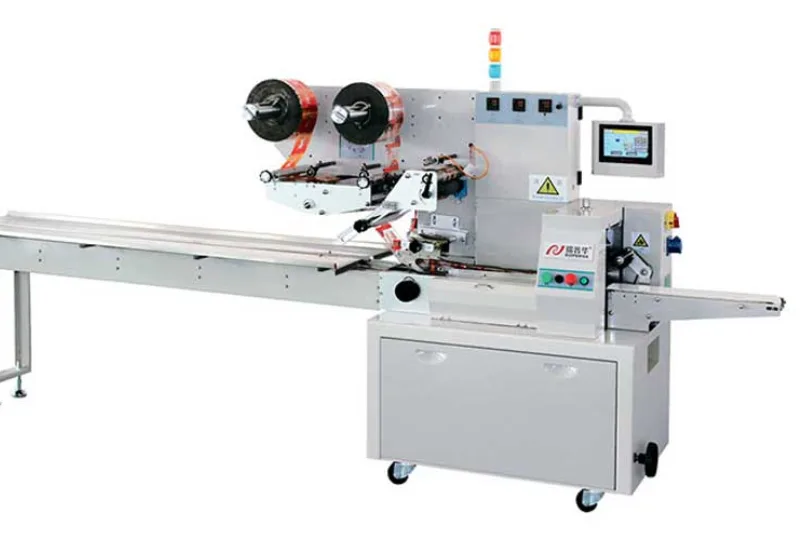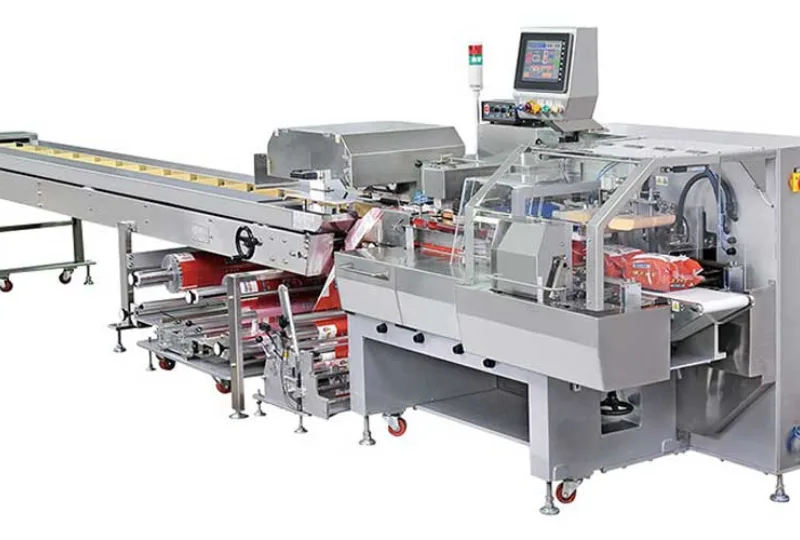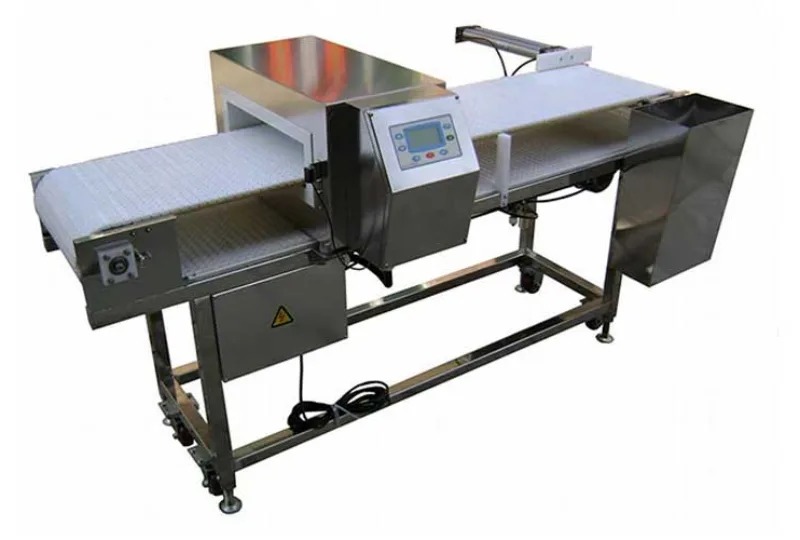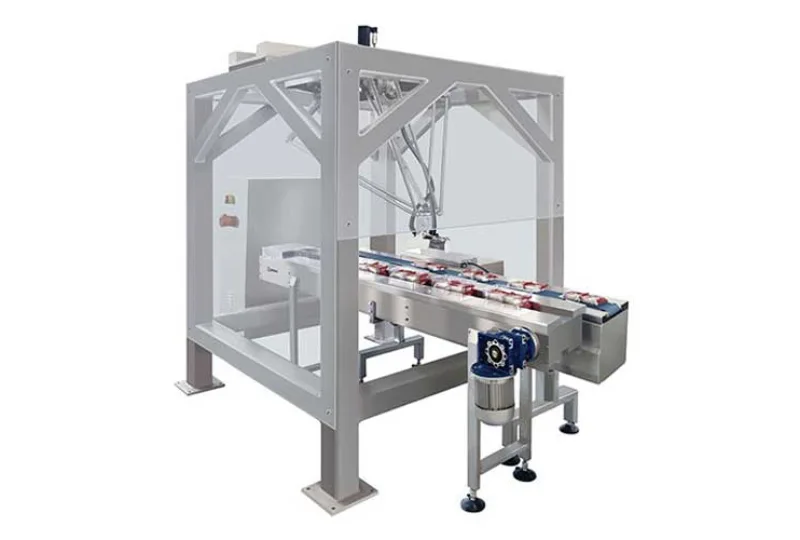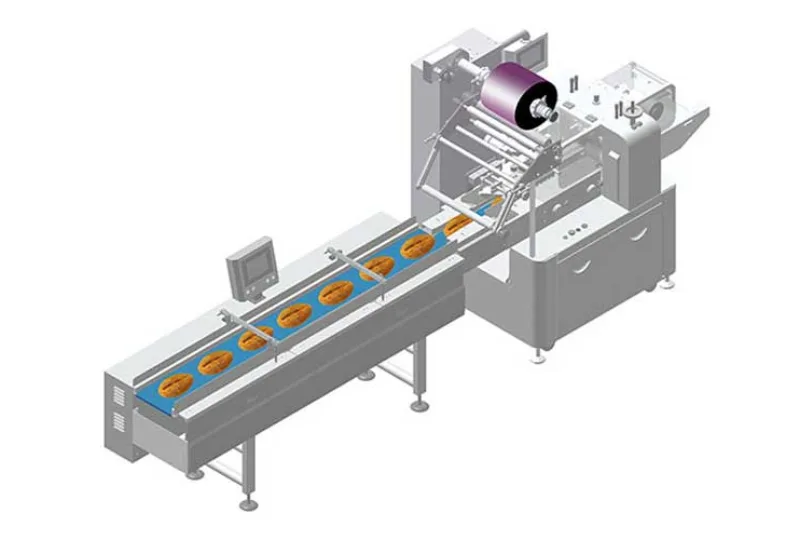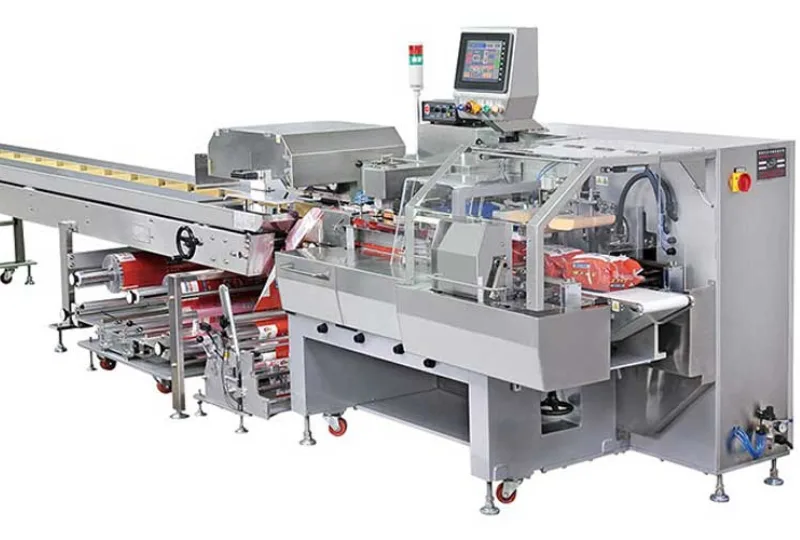How to Prevent Contamination with Peanuts Bar Packing Machines
Contamination during food packing is a serious concern, especially when dealing with allergen-prone products like peanuts. Peanuts Bar Packing Machines, if not properly maintained, can become a breeding ground for contaminants, posing health risks to consumers. This article provides a comprehensive guide on how to prevent contamination with Peanuts Bar Packing Machines, ensuring product safety and regulatory compliance.
Machine Sanitation
Regular Cleaning: Regularly clean and disinfect all surfaces of the machine that come into contact with peanuts or packaging materials, including hoppers, conveyors, and sealing units. Use food-grade sanitizers and follow manufacturer’s instructions.
Sanitation Inspections: Conduct thorough sanitation inspections after cleaning to verify the effectiveness of the process. Check for any residual contaminants and areas that require additional cleaning.
Preventive Maintenance: Schedule regular preventive maintenance to ensure the proper functioning of all machine components, including sensors, motors, and conveyor systems. Timely maintenance can prevent breakdowns and minimize contamination risks.
Packaging Materials and Handling
Allergen-Free Packaging: Use allergen-free packaging materials that are specifically designed for peanut bar packaging. Ensure that the materials are certified to meet industry standards.
Proper Handling: Handle packaging materials properly to prevent cross-contamination. Keep them separated from other materials and store them in designated areas.
Quality Control: Implement quality control measures to inspect incoming packaging materials for defects or contamination. Reject any materials that do not meet specifications.
Employee Hygiene and Practices
Personal Hygiene: Train employees on proper personal hygiene practices, including handwashing, wearing hairnets, and cleaning uniforms regularly.
Designated Work Areas: Establish designated work areas for peanut bar packaging to minimize the risk of cross-contamination with other products.
Employee Monitoring: Supervise employees closely to ensure compliance with hygiene and safety protocols. Conduct regular audits to assess their practices.
Environmental Controls
Temperature and Humidity: Control temperature and humidity levels within the packing area to prevent bacteria growth and moisture-related contamination.
Air Filtration: Install proper air filtration systems to remove airborne contaminants, including dust, pollen, and mold spores.
Pest Control: Implement an effective pest control program to prevent rodents, insects, and birds from entering the packing area.
Documentation and Training
Standard Operating Procedures (SOPs): Establish clear SOPs for all aspects of the packaging process, including cleaning, equipment operation, and employee hygiene.
Employee Training: Train employees on the SOPs and ensure they understand the importance of contamination prevention. Conduct regular refresher training sessions.
Record Keeping: Maintain accurate records of all cleaning, maintenance, and inspection activities. This documentation serves as evidence of compliance and can support traceability in the event of contamination incidents.
-
01
Automatic Tray Loading and Packaging Equipment: Boost Efficiency to 160 Bags/Minute
21-11-2025 -
02
Automatic Soap Packaging Machine: Boost Productivity with 99% Qualification Rate
21-11-2025 -
03
A Deep Dive into Automatic Toast Processing and Packaging System
18-11-2025 -
04
The Future of Bakery Production: Automated Toast Processing and Packaging System
18-11-2025 -
05
Reliable Food Packaging Solutions with China Bread, Candy, and Biscuit Machines
11-10-2025 -
06
High-Performance Automated Food Packaging Equipment for Modern Production
11-10-2025 -
07
Reliable Pillow Packing Machines for Efficient Packaging Operations
11-10-2025 -
08
Advanced Fully Automatic Packaging Solutions for Efficient Production
11-10-2025 -
09
Efficient Automatic Food Packaging Solutions for Modern Production
11-10-2025 -
10
Advanced Automatic Packaging Equipment for Efficient Production
11-10-2025






